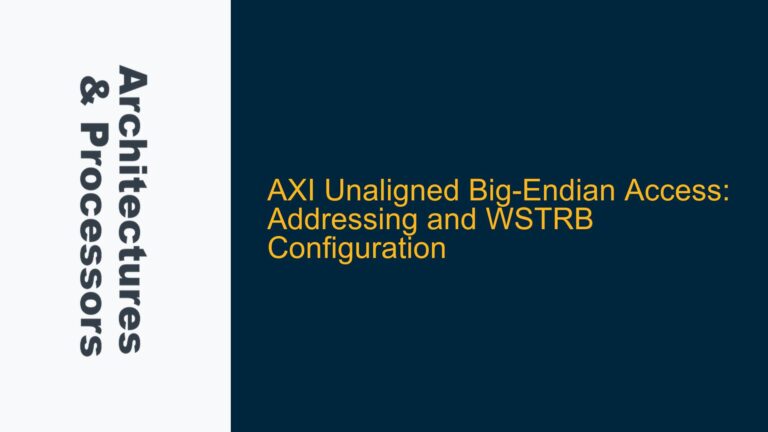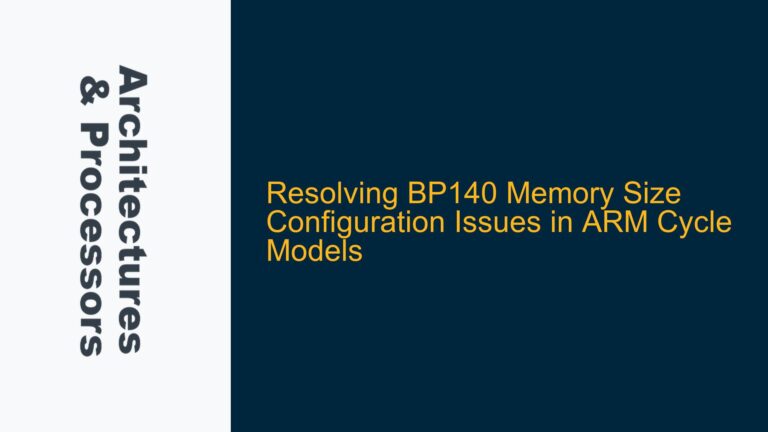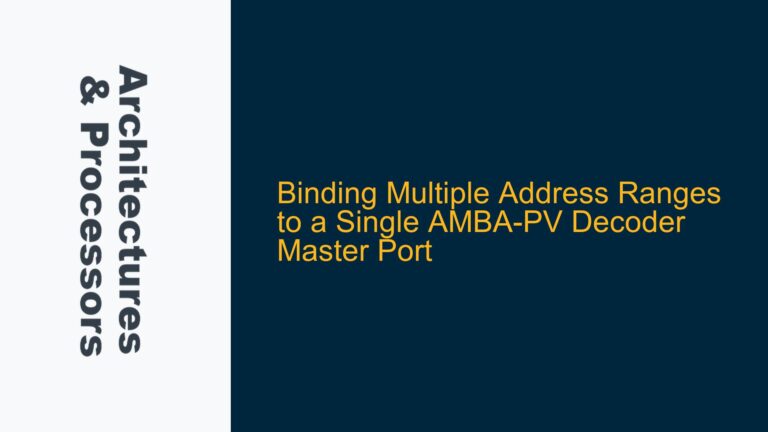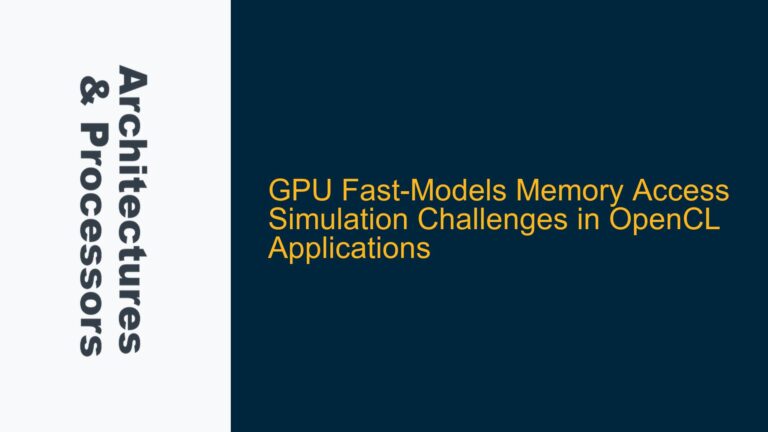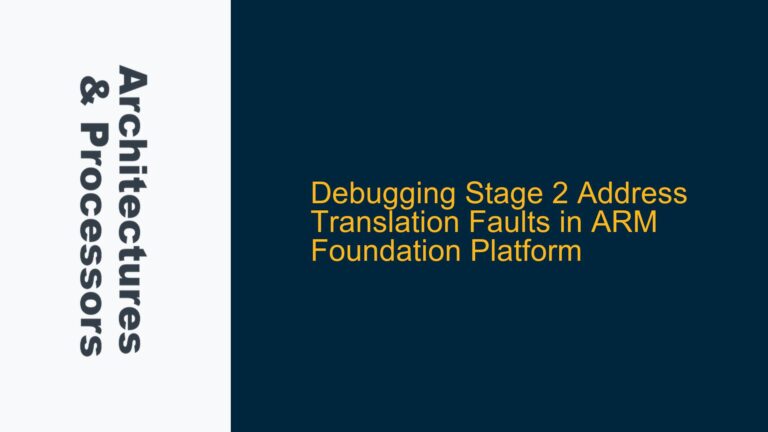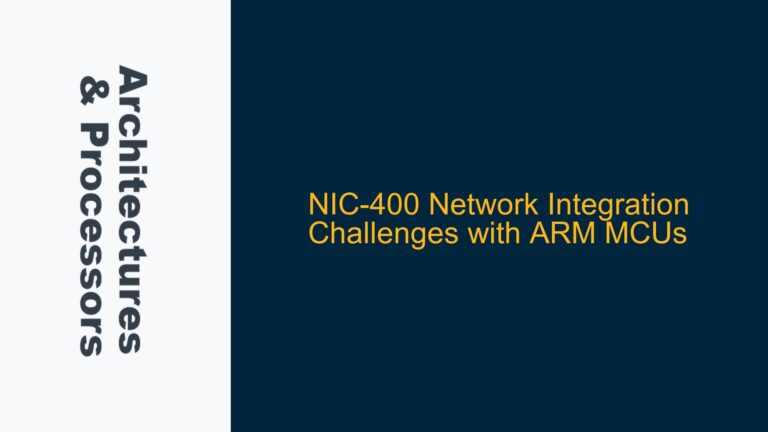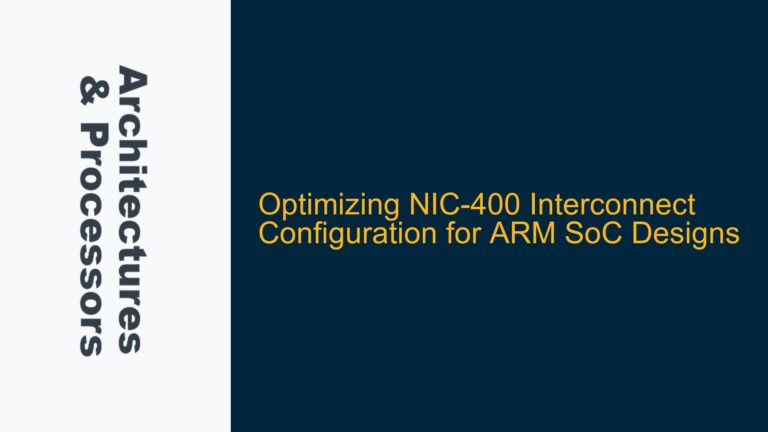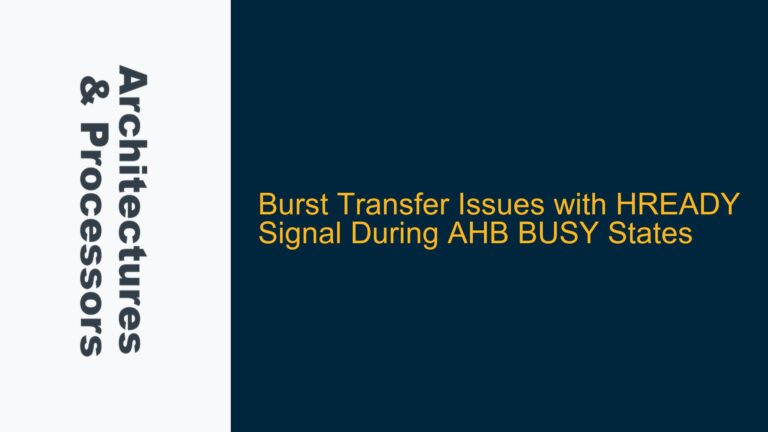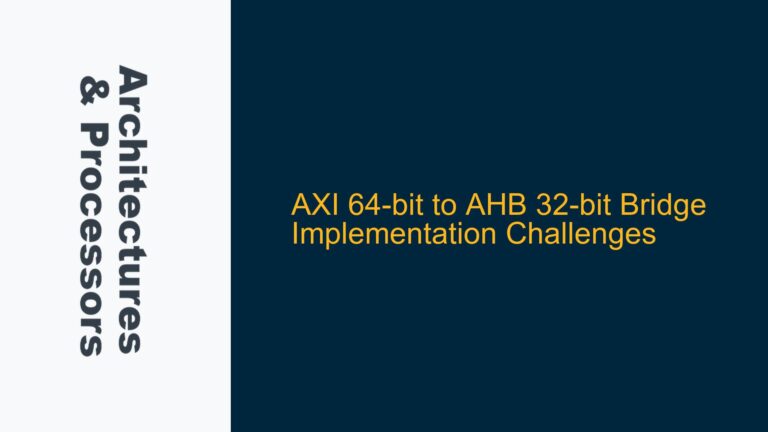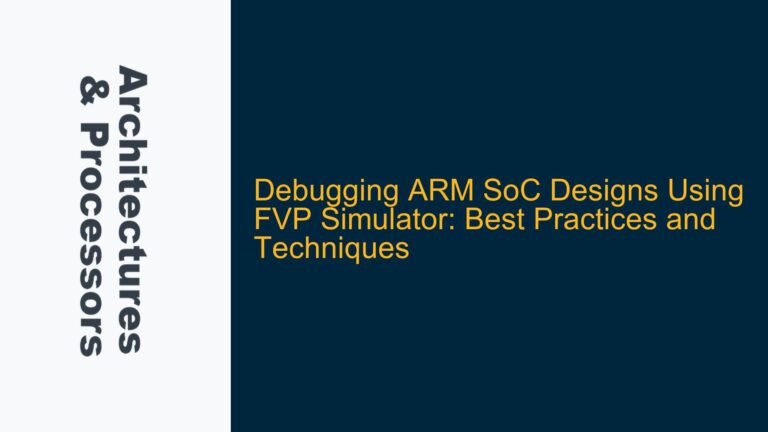AXI Unaligned Big-Endian Access: Addressing and WSTRB Configuration
AXI Unaligned Big-Endian Write to Address 0x1 with 32-bit Data Width In the context of the AXI protocol, unaligned accesses are a common scenario that requires careful handling, especially when considering endianness. The AXI protocol supports both little-endian and big-endian data formats, and the addressing and WSTRB (write strobe) configuration must be correctly set to…
